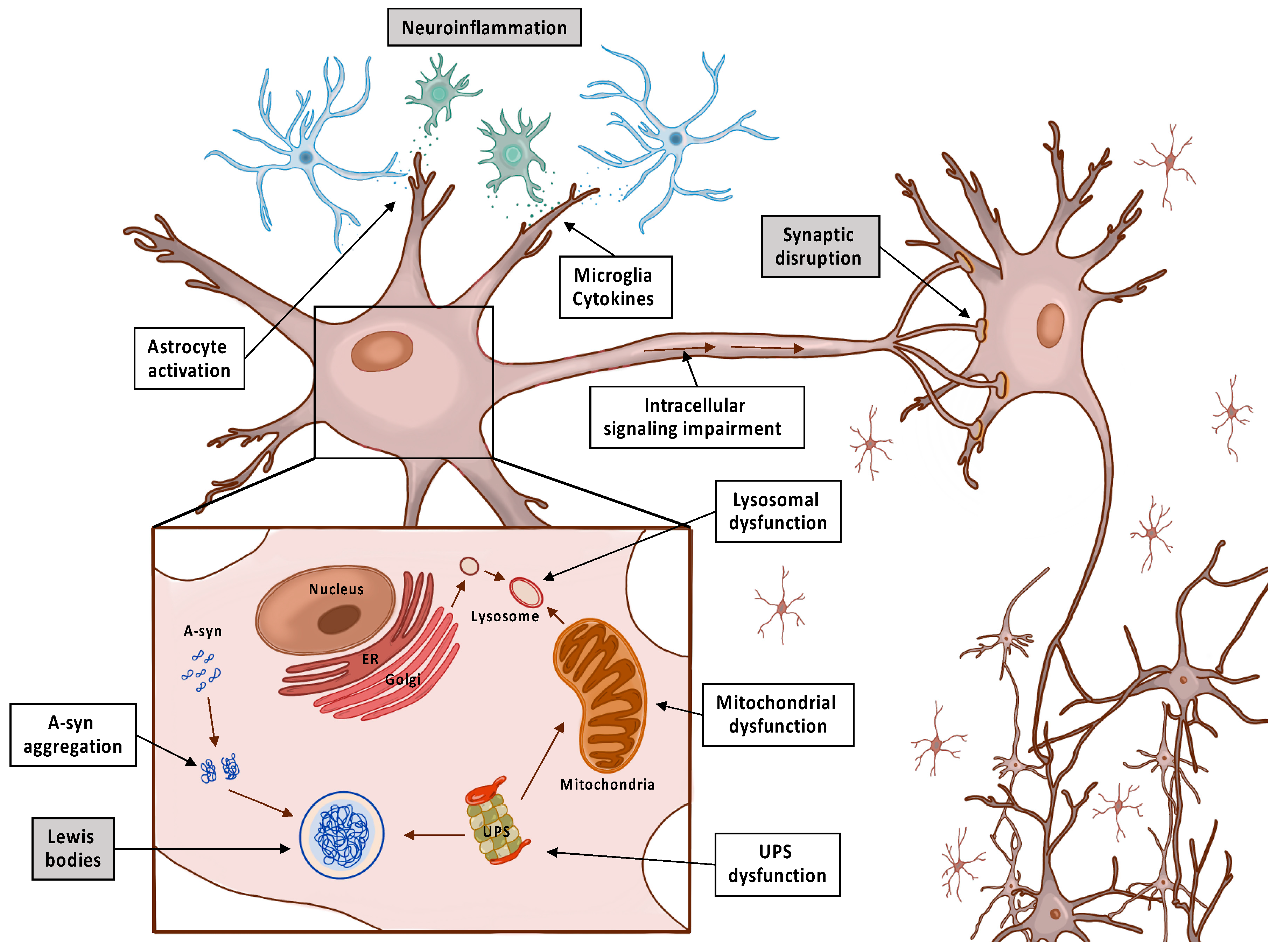Importance of Nanoparticles for the Delivery of Antiparkinsonian Drugs

Parkinson’s disease (PD) affects around ten million people worldwide and is considered the second most prevalent neurodegenerative disease after Alzheimer’s disease. In addition, there is a higher risk incidence in the elderly population. The main PD hallmarks include the loss of dopaminergic neurons and the development of Lewy bodies. Unfortunately, motor symptoms only start to appear when around 50–70% of dopaminergic neurons have already been lost. This particularly poses a huge challenge for early diagnosis and therapeutic effectiveness. Actually, pharmaceutical therapy is able to relief motor symptoms, but as the disease progresses motor complications and severe side-effects start to appear. In this review, we explore the research conducted so far in order to repurpose drugs for PD with the use of nanodelivery systems, alternative administration routes, and nanotheranostics. Overall, studies have demonstrated great potential for these nanosystems to target the brain, improve drug pharmacokinetic profile, and decrease side-effects.
Download the full article here: Importance of Nanoparticles for the Delivery of Antiparkinsonian Drugs
or continue reading here: Silva, S.; Almeida, A.J.; Vale, N. Importance of Nanoparticles for the Delivery of Antiparkinsonian Drugs. Pharmaceutics 2021, 13, 508. https://doi.org/10.3390/pharmaceutics13040508
Conclusions and Future Perspectives
The treatment of PD is a controversial subject, in part due to the fact that there is not yet a defined diagnostic tool to detect the early pathologic pathway and neurodegeneration. Currently, pharmacologic therapy starts when the patient presents motor symptoms. However, when motor symptoms appear, around 50–70% of dopaminergic neurons have already been lost. This poses a huge challenge for therapeutic compounds to present higher brain effectiveness and delay disease progression. Moreover, there is not a direct link that assumes that early treatment will present differences on the impact of disease progression. Current therapeutical strategies are mainly focused on slowing down and reversing motor symptoms. This type of treatment is able to provide an expansion of the quality of a patient’s life, but chronic treatments start loses effectiveness and increase side-effects overtime. Several studies presented in this review have demonstrated that the use of nanosystems could potentiate sustained release, decrease side-effects, decrease dosage, and increase the effectiveness of repurposed PD drugs. Moreover, the use of alternative routes of administration can be crucial to enhance patient complacency, facilitate drug administration in later stages of the disease, lowering drug dosage and possibility to circumvent metabolic pathways and BBB that limited drug full efficacy. Still, for PD, there is currently no a disease-modifying therapy that could allow for complete and full neuroprotection. Massive efforts have been made to develop new effective PD therapeutics that include newly created compounds to decrease motor fluctuations (e.g., safinamide and opicapone), α-syn target therapies, brain insulin pathways, and experimental therapies (stem neuronal cell transplantation, bright light therapy, and gene therapy). Overall, nanoparticles can be considered to comprise useful strategy for drug repurposing against PD. Nanotheranostics is a still-growing area for the CNS approach and, in the future, could be a huge strategy for efficient clinical diagnosis and improvements of directional and efficient treatment.

